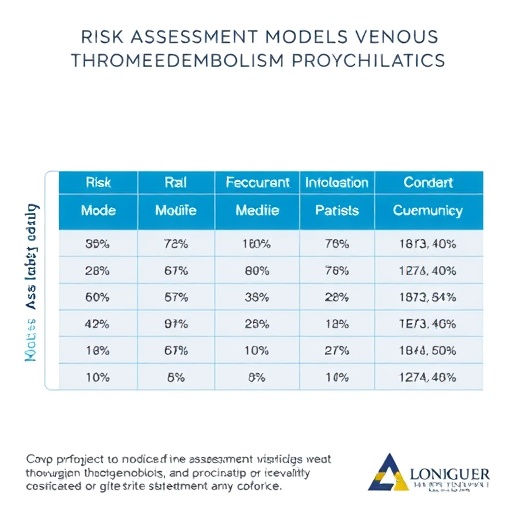PROVIDENCE, R.I. [Brown University] — New data from a long-term study of 355 mothers and their children found that fixing peeling paint and removing other household sources of lead during the mother's pregnancy can reduce levels of dust lead in homes to levels significantly lower than previously deemed achievable.
"There is no safe level of lead," said Joseph Braun, associate professor of epidemiology at Brown University's School of Public Health and lead author on the study. "We were able to achieve dust lead levels considerably lower than the current EPA standards for lead remediation and at levels where far fewer children are at risk of being lead-poisoned in their homes."
The JAMA Pediatrics paper, published today, was part of the Health Outcomes and Measures of the Environment (HOME) study in Cincinnati, Ohio, which followed a group of mothers and their children from the city since pregnancy, beginning in 2003.
To conduct the randomized study, the research team visited the homes of 174 pregnant women to specifically address the lead hazards present in each residence. Measures included repairing and repainting peeling lead-based paint, replacing windows with lead-based paint, installing window trough liners, installing tap-water filters for drinking water, and covering bare lead-contaminated soil with groundcover.
The other 181 pregnant women randomly assigned to the control group received injury prevention devices, such as baby gates, instead of lead remediation measures.
Residential dust lead levels were measured before the intervention and when children were 1 and 2 years old. These targeted lead-reduction interventions reduced the lead dust levels compared to the untreated group on windowsills by 40 percent and in window troughs 47 percent. These significant improvements persisted when the household lead dust levels were measured when the children were two years old.
Bruce Lanphear, of Simon Fraser University in Vancouver, British Columbia, who initiated the study, said. "We showed you could achieve dust lead levels considerably lower levels than the current EPA standards. The EPA has delayed promulgating science-based standards because they lacked this evidence."
The intervention's effects on health
Even so, lower dust lead levels did not cause significantly lower blood lead levels across the full study population.
In analyzing eight years of data from the study, the researchers found that children who lived in the remediated houses had blood lead levels 6 percent lower than the control group — a finding that was not statistically significant. However, among black children, who are more than twice as likely to have high levels of lead in their blood than white children, the team found that blood lead levels for those who grew up in the houses where paint and other lead sources had been addressed were reduced by 31 percent.
"We don't know exactly why the study was only statistically significant for the black children," Braun said. "One possible explanation is that because black children have higher residential lead exposure, they have higher blood lead concentrations, so it could be that there's just more room for the intervention to have an effect. The needle can move further when you're further away from the zero mark. But there could be other explanations, and we're doing more work right now to try to figure that out."
In addition, the intervention no significant positive impact on the behavior or intelligence of children in these homes — suggesting that eliminating residential lead exposure altogether may be the only viable option to fully prevent adverse neurobehavioral reductions related to lead.
The researchers selected six different behavioral and intelligence tests to capture many different neurobehavioral dimensions, Braun said. They administered these tests and parents completed surveys rating their children's behavior, such as anxiety levels and hyperactivity, at visits conducted when the children were 1, 2, 3, 4, 5 and 8 years old — the same visits in which they collected blood samples for lead testing.
In general, children in the intervention group had slightly lower behavioral problem scores, higher IQ scores, and better executive functions (such as self-control) than children in the control group — but these differences were not statistically significant. The only exception was that children in the intervention group had significantly less parent-reported anxiety than children in the control group.
"The behavioral tests were consistent with the slight reductions in blood lead levels," Braun said. "We just weren't able to change their blood lead levels enough for any neurobehavioral changes to be statistically significant."
Braun and the research team will continue to analyze the data from this long-term study to see if subgroups of children did experience any significant improvements to behavior or IQ, he said. Perhaps children whose homes were renovated more benefitted to a greater degree, for example.
"This is a single intervention aimed at lead in an effort to try to reduce exposure and possibly improve children's IQ, behavior and learning," he said. "It didn't have an effect on those health outcomes, but it shows that there is real power in using intervention studies to reduce exposures and improve people's health. What's really been missing from some intervention studies is that next step: Does the intervention actually improve health?"
###
The paper's other authors are Richard Hornung, Jane Khoury, Stacey Liddy-Hicks, Samantha Morgan, Yingying Xu and Kimberly Yolton of Cincinnati Children's Hospital Medical Center; Aimin Chen and Kim Dietrich of the University of Cincinnati; David Jacobs of the National Center for Healthy Housing; Robert Jones of the Centers for Disease Control and Prevention; and Suzette Baez Vanderbeek of University of Pennsylvania.
The National Institute of Environmental Health Sciences (R01ES014575, PO1ES011261, R01ES020349), Environmental Protection Agency (RD-83544201) and Department of Housing and Urban Development (HUD) supported this research. Housing remediation costs were supported by HUD through an interagency agreement.
Media Contact
Mollie Rappe
[email protected]
401-863-1862
@brownuniversity
http://news.brown.edu/
http://dx.doi.org/10.1001/jamapediatrics.2018.2382




